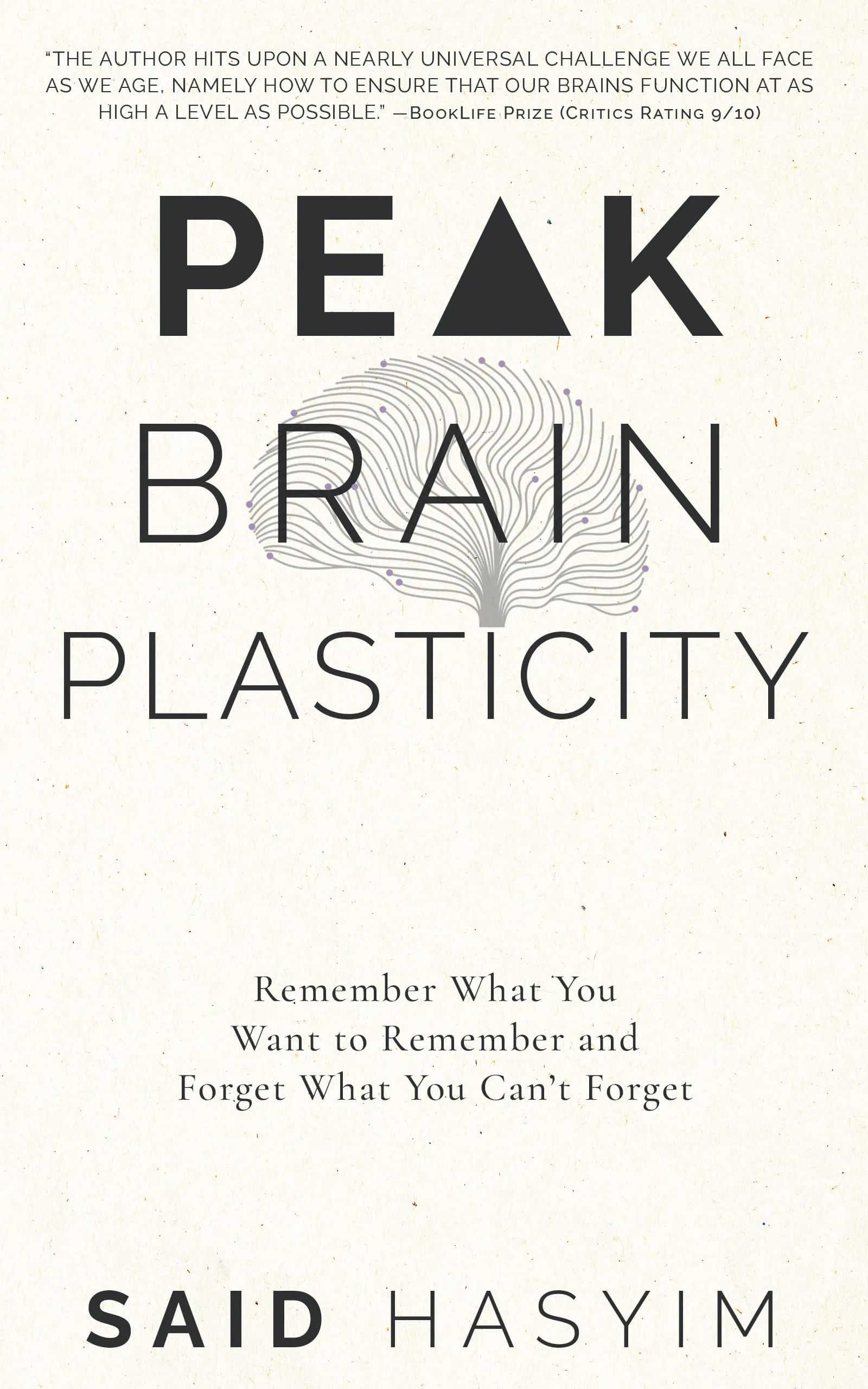Strategies to Simplify and Organize Your Thoughts
In an increasingly fast-paced world, it’s easy to feel overwhelmed by the sheer volume of information we encounter daily. Managing our thoughts effectively is essential for clarity, creativity, and productivity. In this blog post, we'll explore various strategies that can help you simplify and organize your thoughts, paving the way for better decision-making and enhanced mental wellbeing.
1. Embrace Mind Mapping
Mind mapping is a powerful visual tool that can help you outline complex ideas and relationships between concepts. By creating a mind map, you can break down your thoughts into manageable chunks, making it easier to see connections and hierarchies.
How to Create a Mind Map:
- Start with a central idea: Write your main topic in the center of a page.
- Branch out: Draw lines from the central point to other ideas or subtopics that are related. Use keywords or short phrases.
- Add details: Continue expanding each branch with additional details or thoughts, using images or colors to enhance visual appeal.
- Review and restructure: Look for ways to organize your thoughts more effectively. Rearranging branches can help highlight important connections.
2. The Pomodoro Technique
The Pomodoro Technique is a time management method that can significantly enhance your focus and efficiency. By breaking tasks into intervals, you allow yourself dedicated time to think and organize your thoughts.
Steps to Implement the Pomodoro Technique:
- Choose a task: Select a specific task that requires your attention.
- Set a timer: Set a timer for 25 minutes, known as one "Pomodoro."
- Work: Focus solely on the task until the timer goes off. Avoid distractions.
- Take a break: Once the timer goes off, take a 5-minute break to recharge.
- Repeat: After four Pomodoros, take a longer break (15-30 minutes). This cycle allows for sustained focus while preventing burnout.
3. Journaling for Clarity
Journaling is a fantastic way to clear the clutter from your mind. By writing down your thoughts, feelings, and experiences, you can explore your inner world and organize your ideas.
Tips for Effective Journaling:
- Set a routine: Dedicate time each day to journal, whether it's morning or evening.
- Free-write: Allow your thoughts to flow without judgment. Write whatever comes to mind.
- Use prompts: If you struggle with what to write, use prompts to inspire your thoughts. Examples include “What am I grateful for today?” or “What challenges did I face this week?”
- Review regularly: Take time to read through past entries to reflect on your growth and insights.
4. The “Two-Minute Rule”
When faced with many tasks or thoughts, the “Two-Minute Rule” can be a game changer. If a task can be completed in two minutes or less, do it immediately. This prevents minor tasks from piling up and overwhelming your mind.
Application of the Two-Minute Rule:
- Make a list: Identify tasks that require minimal effort or time.
- Tackle them right away: By addressing these quickly, you’ll clear mental space for more significant projects.
- Establish a routine: Incorporate this rule into your daily life to cultivate a habit of acting on small tasks right when they arise.
5. Categorizing and Prioritizing
Organizing your thoughts and tasks into categories can help clarify priorities and focus your efforts.
How to Categorize and Prioritize:
- Create categories: Identify main themes or types of tasks you need to address (e.g., work, personal, health).
- Use a priority matrix: The Eisenhower Box is an excellent tool for distinguishing between urgent and important tasks. Divide your tasks into four quadrants:
- Urgent and Important
- Important but Not Urgent
- Urgent but Not Important
- Neither Urgent nor Important
- Review regularly: Periodically reassess your categories and priorities, adjusting as necessary.
6. Digital Tools and Apps
In the age of technology, numerous tools and applications can help you streamline your thoughts and improve organization. While specific platforms may vary, the key is to find a system that suits your preferences.
Features to Look for in Digital Tools:
- User-friendly interface: Choose apps that are intuitive and easy to navigate.
- Collaboration options: If you work with others, look for features that allow team collaboration and sharing.
- Integration capabilities: Some tools seamlessly integrate with your existing calendars and task lists, making it easier to manage everything in one place.
- Flexibility: Opt for tools that can adapt to your needs, whether it's note-taking, organizing tasks, or setting reminders.
7. Practice Mindfulness
Cultivating mindfulness can drastically improve your ability to focus, organize, and simplify your thoughts. By becoming more aware of your mental state, you can better manage stress and distractions.
How to Practice Mindfulness:
- Meditation: Dedicate time to sit in silence and focus on your breath. This helps center your thoughts.
- Mindful breathing: Take breaks throughout the day to practice deep breathing, allowing your thoughts to settle.
- Be present: Engage fully in activities without multitasking. Limiting distractions helps keep your mind clear.
Conclusion
Simplifying and organizing your thoughts is an ongoing process that requires practice and adaptation. By implementing these strategies, you can create a more focused and productive mindset, ultimately enhancing your overall well-being. Remember, the goal is not to achieve perfection but to foster a clearer and more organized mental space that allows you to thrive in every aspect of life. As you explore these techniques, be patient with yourself and celebrate the small victories in your journey toward mental clarity.
Harness the Power of Neuroplasticity
Discover Peak Brain Plasticity, a practical book to harnessing neuroplasticity. Enhance your memory, learn new languages quickly, and alleviate anxiety with effective study methods. Uncover daily habits that impact cognitive health and explore techniques for accelerated learning and memory retention. Unlock your brain's potential for growth and transformation.
